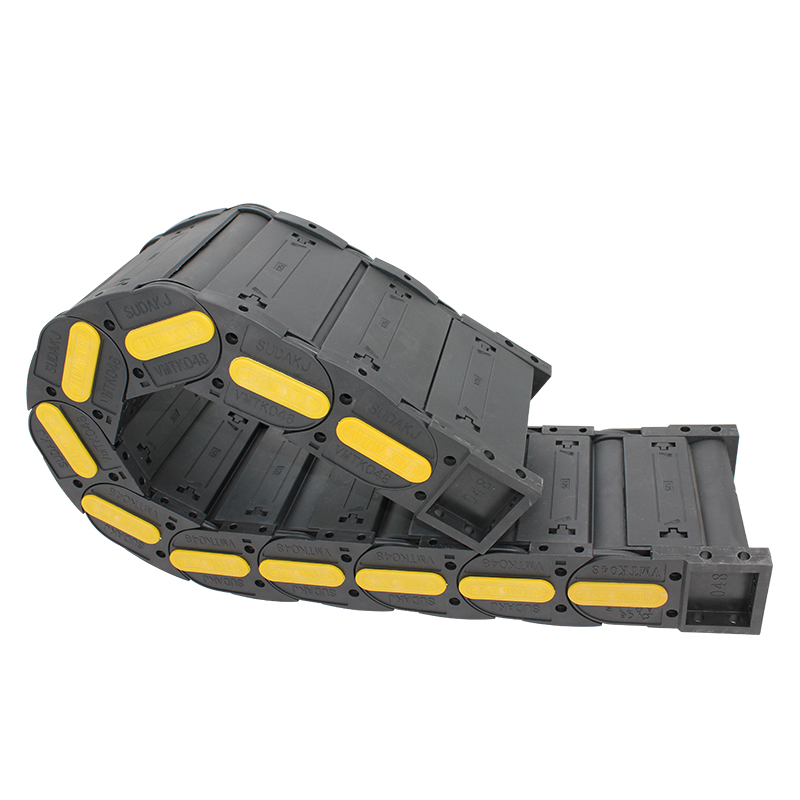what is a synchronous belt
What is a Synchronous Belt?
A synchronous belt, often referred to as a timing belt, is a type of drive belt used in various mechanical systems to transmit power between rotating shafts efficiently. Unlike conventional V-belts, which rely on friction to transfer power, synchronous belts are designed to engage with toothed pulleys, allowing for precise timing and coordination of rotational movements. This feature makes them indispensable in numerous applications across different industries, from automotive engines to industrial machinery.
What is a Synchronous Belt?
One of the primary advantages of using a synchronous belt is its efficiency. Because the belt's teeth interlock with the grooves of the pulley, there is minimal energy loss due to slippage. In addition, synchronous belts can operate quietly compared to chain drives or gear systems, which can produce noise due to friction and impact. Their smooth operation contributes to a higher level of efficiency and prolongs the lifespan of the machinery in which they are employed.
what is a synchronous belt

Synchronous belts come in various designs, sizes, and tooth profiles to suit different applications. The most common types include HTD (high torque drive) belts, which are designed for high torque applications, and STD (standard) belts, suitable for less demanding tasks. The choice of belt type, size, and tooth configuration depends on the specific requirements of the system, including load capacity, speed, and environmental conditions.
In addition to their use in automotive engines, synchronous belts are prevalent in various industrial applications. For example, they are commonly found in conveyor systems, robotics, and printing machinery, where precise positioning and control are essential. In these applications, synchronous belts help achieve accurate movement patterns, enhancing overall productivity and efficiency.
Maintaining and replacing synchronous belts is crucial for the reliable operation of any system. Regular inspections can help identify signs of wear, such as cracks, fraying, or tooth damage, which could compromise performance. Proper alignment and tension are also essential; a belt that is too loose may slip, while one that is too tight may cause premature wear or even failure.
In summary, synchronous belts play a vital role in modern mechanical systems, providing a reliable and efficient means of power transmission. Their design allows for precise synchronization between rotating parts, making them ideal for applications that require accurate timing and control. With a wide range of options available, synchronous belts can be tailored to meet the specific needs of various industries, ensuring optimal performance and longevity in every application. Whether in automotive engines or industrial machinery, synchronous belts are an indispensable component in the realm of mechanical engineering.








